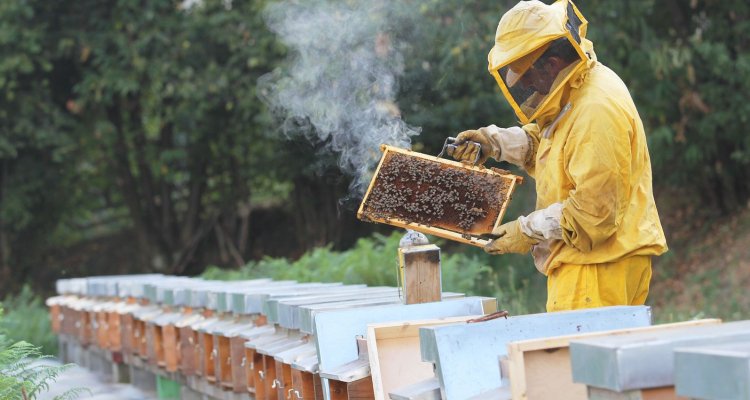
News
New threats to bee populations
The varroa mite disease has been a threat to Dutch and European bee populations for years now. Thus far, two other potential destructive exotic bee diseases didn’t cross the borders. According to researcher Heather Graham of Wageningen University and Research, this is just a question of time. “It is not the question if we will have to deal with the tropilaelaps mite or the small hive beetle, but when.”
Until recently Australia was the perfect example of how to protect bee populations from dangers from outside the own borders. However, despite strict import regulations, recently the varroa mite established itself on the continent. Europe is also confronted with a new threat. In Italy the small hive beetle has been identified as a permanent resident, with all consequences related to its presence.
Control
Preventing the introduction of (new) diseases in bee populations is of utmost importance for their future existence. Het Dutch National Reference Laboratory (NRL) bee diseases checks each bee import from outside the European Union. The packaging material, the accompanying worker bees and the housing of the bee queen are all checked on the presence of the tropilaelaps mite and the small hive beetle. These import controls are obligatory for each bee import from outside the European Union.
Education
Besides the border controls, the NRL invests in education of all people who work with or are involved with bees. Bee health coordinators are trained to recognise the different bee diseases. Also beekeepers are informed about the recent threats for their bee populations to raise awareness and point out the risks of importing bee products.
Prevention
“The situation in Australia stresses the importance of prevention over cure. Everyone that is involved with bees can contribute to this,” states Graham, on behalf of Wageningen Bioveterinary Research involved in the detection and analysis of bee diseases. More information on import control and bee diseases, can be found on the website of the Dutch National Reference Laboratory.